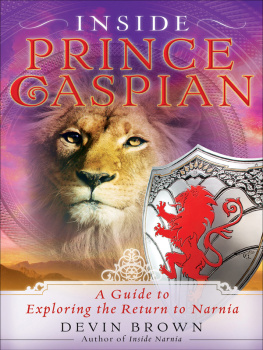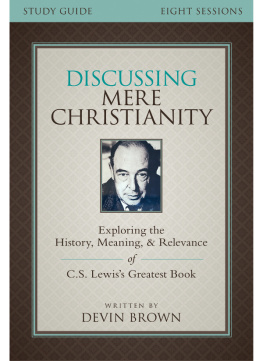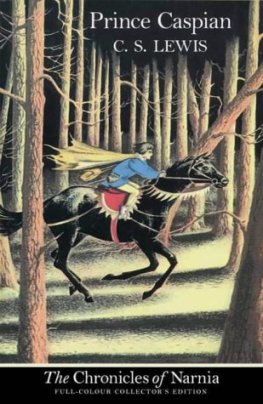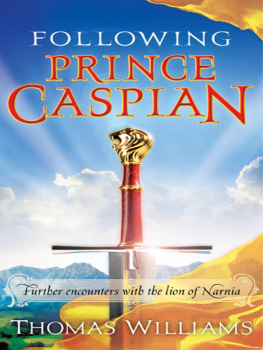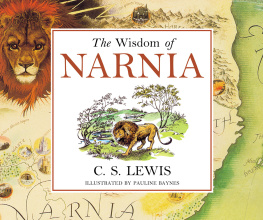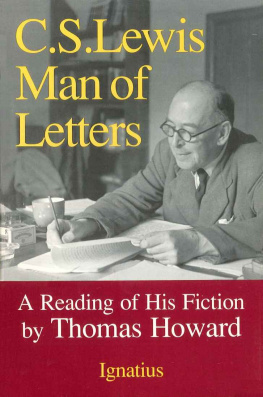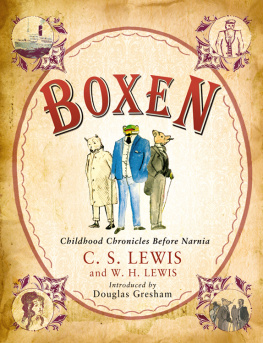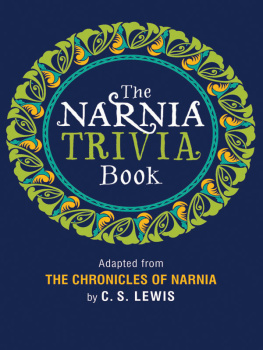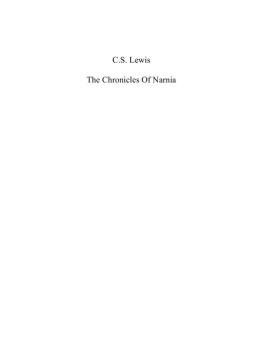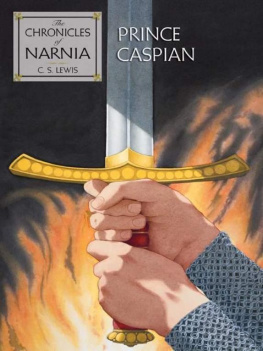Inside
Prince Caspian
Inside
Prince Caspian
A Guide to Exploring
the Return to Narnia
Devin Brown

2008 by Devin Brown
Published by Baker Books
a division of Baker Publishing Group
P.O. Box 6287, Grand Rapids, MI 49516-6287
www.bakerbooks.com
Printed in the United States of America
All rights reserved. No part of this publication may be reproduced, stored in a retrieval system, or transmitted in any form or by any meansfor example, electronic, photocopy, recordingwithout the prior written permission of the publisher. The only exception is brief quotations in printed reviews.
Library of Congress Cataloging-in-Publication Data
Brown, Devin.
Inside Prince Caspian : a guide to exploring the return to Narnia / Devin Brown.
p. cm.
Includes bibliographical references.
ISBN 978-0-8010-6802-7 (pbk.)
1. Lewis, C. S. (Clive Staples), 18981963. Prince Caspian. 2. Childrens stories, EnglishHistory and criticism. 3. Christian fiction, EnglishHistory and criticism. 4. Fantasy fiction, EnglishHistory and criticism. 5. Narnia (Imaginary place) I. Title.
PR6023.E926P76325 2008
823'.912dc22
2007037055
Scripture is taken from the HOLY BIBLE, NEW INTERNATIONAL VERSION. NIV. Copyright 1973, 1978, 1984 by International Bible Society. Used by permission of Zondervan. All rights reserved.
Excerpts from The World According to Narnia by Jonathan Rogers courtesy of FaithWords.
Excerpts from Companion to Narnia by Paul F. Ford, text copyright 1980 by Paul F. Ford. Illustrations copyright 1980 by Lorinda Bryan Cauley. Reprinted by permission of HarperCollins Publishers.
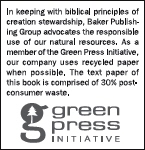
Contents
Introduction
15. Aslan Makes a Door in the Air
I would like to welcome those of you who read my earlier book, InsideNarnia: A Guide to Exploring The Lion, the Witch and the Wardrobe, and to say that in this second book I hope to provide the same sort of in-depth analysis, this time focusing on Prince Caspian. To new readers, I would also like to say welcome and to briefly explain my approach.
Even before Walden Media announced plans for the 2005 film adaptation of The Lion, the Witch and the Wardrobe, there were already a good number of books about C. S. Lewis and the Chronicles of Narnia. With the movies release, this number has increased so much that I feel compelled to open with the same question I raised in the preface to Inside Narnia.
Why another Lewis book?
My answer is the same as before. First, unlike most books about Narnia, mine takes a literary rather than a purely devotional approach. This means that while I discuss the storys devotional aspects, I include many other elements as well. Second, in nearly all the works written about Narnia, each of the seven Chronicles is typically covered in just a single chapter. By devoting an entire work to PrinceCaspian, as I did previously for The Lion, the Witch and the Wardrobe, I hope to provide the kind of detailed examination Lewiss writing merits and also to supply a good number of connections to Lewiss life and his other writings.
As before, I try to offer a sampling of the very best comments and opinions from other Lewis scholarsand there are many more of these to examine this time around. Also, I again include lots of connections to other works that influenced Lewis, especially those written by his friend and fellow Inkling J. R. R. Tolkien. Tolkien and Lewis read their stories aloud to each other, so they often shared many aspects in common, and these commonalities help us to better understand the work of both authors.
Inside Narnia and Inside Prince Caspian are intended to be commentaries on Lewiss stories, not substitutes for them. I assume that readers have finished Prince Caspian and so will not become irritated at any spoilers that appear. In order to help anyone who may want to switch back and forth between my book and Lewiss, each of my chapters has the same number and name as the corresponding chapter from Prince Caspian.
To make reading a little easier this time, when referencing material I indicate the source or author within the text, with the page number in parentheses following the material. For example: Paul Ford describes Old Narnia as an enchanted world where courtesy, honor, and the spirit of adventure are the respected virtues, and in which hospitality is graciously offered (316). By looking up the author or source in the bibliography (in this case, Paul Ford), readers can track down any material they would like to examine on their own. To keep citations to a minimum, when I have two or more quotes within the same paragraph from the same page of any source, I include the page number for only the first quotation.
My hope once again is to provide the kind of lively, in-depth discussion that Lewis fans both old and newand even Lewis himselfwould enjoy.
Finally, for their valuable suggestions and encouragement, I would like to thank Marvin Hinten, Jonathan Rogers, Stephen Yandell, and Karen Koehn.
Now on to Prince Caspian!
Near the end of March 1949, C. S. Lewis put down his pen, leaned back in his chair, and gave a long sigh of contentment. He had completed the final handwritten manuscript of The Lion, the Witchand the Wardrobe.
Some people assume that after Lewis mailed off this first book about Narnia to his London publisher, Geoffrey Bles, he just sat around and waited until it was released in October of 1950, then, after reading the reviews, got out his pen and paper again and sat down to write Prince Caspian for publication a year later.
What actually happened was more complicatedand more amazing.
According to Lewis biographers Roger Lancelyn Green and Walter Hooper, after shutting the door on the wardrobe for the last time, Lewis immediately began working on a sequel but found it hard to create a second Narnia story. Three months after finishing the manuscript of The Lion, the Witch and the Wardrobe, Lewis had written the first two chapters of a new story about a boy named Digory who understands the speech of animals and trees. However, while building a raft with Polly, the girl next door, Digory cuts off a branch from an oak tree and loses his special powers. His god- mother, a woman named Mrs. Lefay, mysteriously shows up, appears to understand what Digory has done, and seems inclined to help. This is as far as Lewis had gotten in the story on June 14, 1949, when he met with Green and read aloud the opening chapters. It would be as far as he ever got.
Now referred to as the Lefay Fragment, this first attempt at a second Narnia book turned out to be a false start, and Lewis abandoned it shortly after reading it to Green. Later he would go on to tell a different story about Digory and Polly, one that would be published in 1955 as The Magicians Nephew, the sixth book in the series. There Mrs. Lefay is described as one of the last mortals with fairy blood and is introduced as the godmother not of Digory but of Digorys uncle. Years after Lewiss death, the Lefay Fragment was included by Walter Hooper in Past WatchfulDragons (5672).
Realizing that he had come to a dead end with his first attempt at a sequel, Lewis promptly set off in a different direction, and this time his creative energies exploded. In an astounding eighteen-month period between the summer of 1949 and late winter of 1951, Lewis began and finished four of the most beloved and most successful childrens works of all time. In order of creation, they were
Next page
